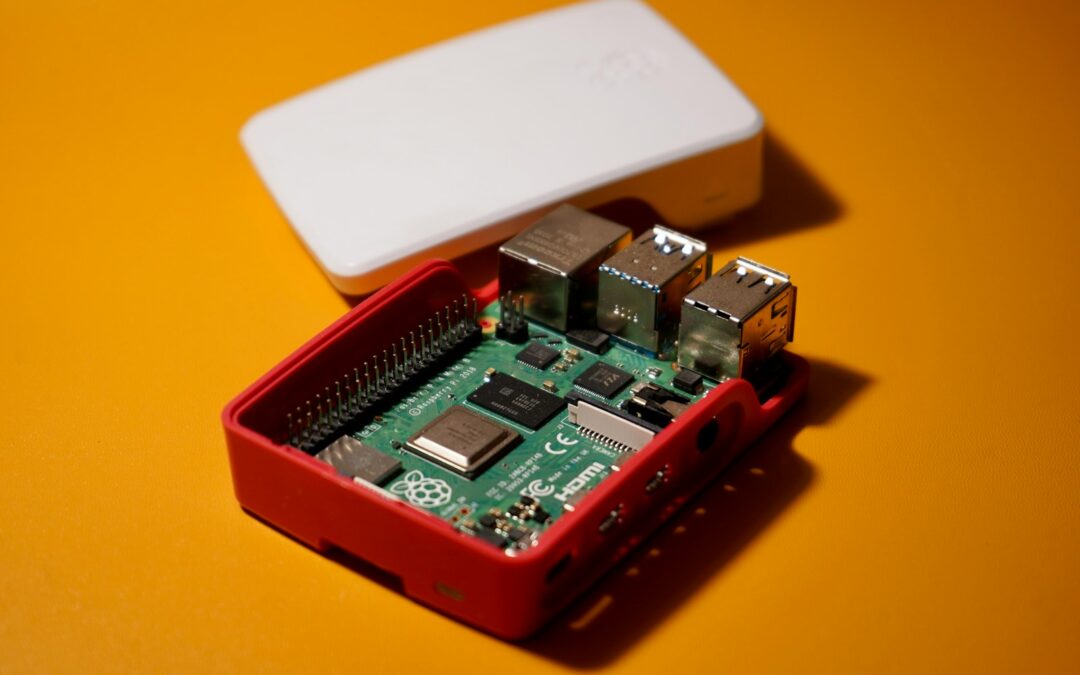The Role of Load Balancing in IoT Systems
Managing Increasing Data Volumes
Effective load balancing in IoT systems is crucial for managing the increasing volumes of data generated by connected devices. As businesses and cities in regions like Riyadh and Dubai continue to integrate IoT technologies, the data generated from sensors, devices, and applications grows exponentially. Without proper load balancing techniques, these systems can become overwhelmed, leading to data bottlenecks, latency issues, and potential system failures. Load balancing distributes data processing and network traffic evenly across multiple servers and devices, ensuring that no single component is overburdened. This balanced distribution allows IoT systems to handle large data volumes efficiently, maintaining smooth operations and high performance even as the number of connected devices increases.
Ensuring System Scalability
Scalability is a significant benefit of implementing load balancing in IoT systems. Traditional systems often struggle to scale effectively, particularly when faced with sudden increases in data and device connections. Load balancing enables IoT systems to scale dynamically, accommodating new devices and applications seamlessly. For example, smart city projects in Saudi Arabia rely on IoT networks to manage infrastructure, transportation, and utilities. As these projects expand, load balancing ensures that the system can scale to support additional sensors and data streams without compromising performance. This capability is essential for supporting the growth and evolution of IoT deployments, allowing businesses and municipalities to expand their operations sustainably and efficiently.
Improving Reliability and Redundancy
Load balancing also enhances the reliability and redundancy of IoT systems. By distributing workloads across multiple servers and devices, load balancing mitigates the risk of system failures caused by overloading any single component. In the event of a server or device failure, load balancers can redirect traffic to other available resources, ensuring continuous system operation. This redundancy is particularly critical for applications in healthcare, security, and industrial automation, where downtime can have severe consequences. In the UAE, industries such as healthcare utilize load balancing to maintain uninterrupted service delivery, ensuring that critical systems remain operational even during peak usage or unexpected failures. By enhancing reliability and redundancy, load balancing contributes to the overall resilience and robustness of IoT systems.
Implementing Load Balancing Techniques for IoT
Dynamic Load Balancing Algorithms
Implementing dynamic load balancing algorithms is a key strategy for optimizing IoT system performance. These algorithms analyze real-time data on server loads, network traffic, and device activity to distribute workloads dynamically. Techniques such as round-robin, least connections, and weighted load balancing adjust traffic distribution based on current system conditions. In Riyadh’s smart transportation networks, dynamic load balancing algorithms ensure that traffic data from thousands of sensors is processed efficiently, allowing for real-time traffic management and optimization. By continuously monitoring and adjusting the distribution of workloads, dynamic load balancing algorithms help maintain optimal system performance and responsiveness.
Leveraging Edge Computing for Load Distribution
Edge computing is another effective approach for load balancing in IoT systems. By processing data closer to the source, edge computing reduces the burden on central servers and minimizes latency. In Dubai’s smart city initiatives, edge devices handle data processing locally, only sending essential data to central systems for further analysis. This localized processing distributes the computational load across multiple edge nodes, enhancing the overall efficiency and performance of the IoT network. Additionally, edge computing can support real-time applications that require immediate data processing, such as autonomous vehicles and industrial automation, by reducing the delay associated with data transmission to centralized data centers.
Integrating Cloud-Based Load Balancing Solutions
Cloud-based load balancing solutions offer scalability and flexibility for managing IoT workloads. These solutions provide elastic load balancing capabilities, automatically adjusting to changes in traffic and data volume. In Saudi Arabia, businesses leveraging cloud-based IoT platforms benefit from scalable load balancing services that can handle fluctuating demands. Cloud providers offer advanced load balancing features, including global server load balancing, which distributes traffic across multiple data centers worldwide. This global approach ensures that IoT applications maintain high availability and performance regardless of user location or network conditions. By integrating cloud-based load balancing, organizations can achieve a robust and scalable IoT infrastructure capable of supporting diverse applications and services.
Conclusion
Effective load balancing in IoT systems is essential for managing increasing data volumes, ensuring scalability, and improving system reliability. By distributing workloads evenly across multiple servers and devices, load balancing techniques prevent system overloads and enhance performance. Implementing dynamic load balancing algorithms, leveraging edge computing, and integrating cloud-based solutions are key strategies for optimizing IoT systems. In regions like Saudi Arabia and the UAE, where technological advancements and smart city projects are rapidly progressing, load balancing plays a crucial role in supporting the growth and efficiency of IoT deployments. As businesses and municipalities continue to embrace IoT technology, effective load balancing will be vital for maintaining robust, scalable, and high-performing IoT systems.
—
#LoadBalancing, #IoTDataManagement, #DeviceConnections, #ScalabilityInIoT, #IoTSystemPerformance, #DataHandlingInIoT, #ModernTechnologySolutions, #BusinessEfficiency































